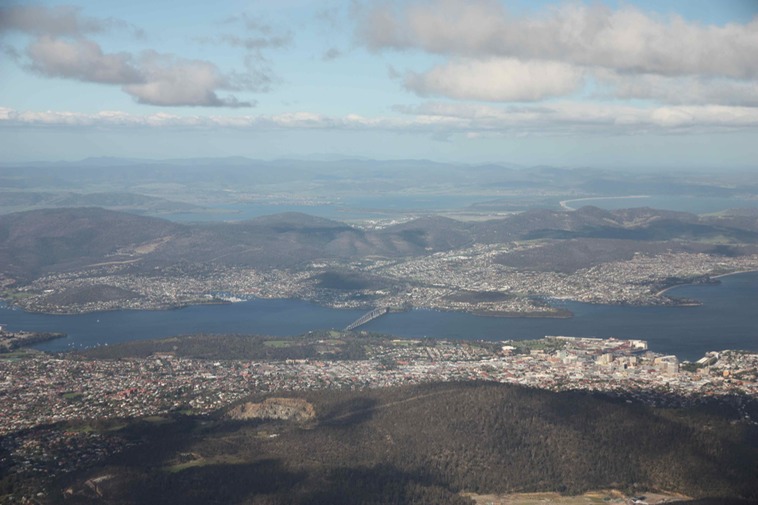
To the indigenous Tasmanians the mountain is Unghbanyahletta, Poorawetter, or Kunanyi, with various spellings.
The earliest European navigators from Tasman through Marion du Fresne, Tobias Furneaux and James Cook didn’t get close enough to notice the mountain, but in 1793 Commodore John Hayes explored the Derwent valley, and named the mountain Skiddaw, after a mountain in the Lake District. When Bass and Flinders circumnavigated circumnavigated the island in 1798, Flinders referred to Table Mountain, the name used by Bligh due to similarity with the Cape Town landmark. Bruni d'Entrecasteaux and Nicholas Baudin referred to the mountain as Montagne du Plateau. After the British settled in the area in in 1804 Flinders’ Table Mountain was used until the 1832 decision to change the name in honour of the Duke of Wellington who defeated Napoleon at the Battle of Waterloo on 18 June 1815.
Check the Wikipedia entry for the Duke of Wellington and you’ll find there was a great deal of turmoil across England in the early 1830s in the lead up to the passage of the first Reform Bill, but whether that had anything to do with the change is hard to tell. There’s nothing under Arms, titles, honours and styles of Arthur Wellesley, 1st Duke of Wellington but I suspect Governor Arthur had something to do with it. Wellington could well have been a role model for Arthur’s “autocratic and authoritarian rule”.